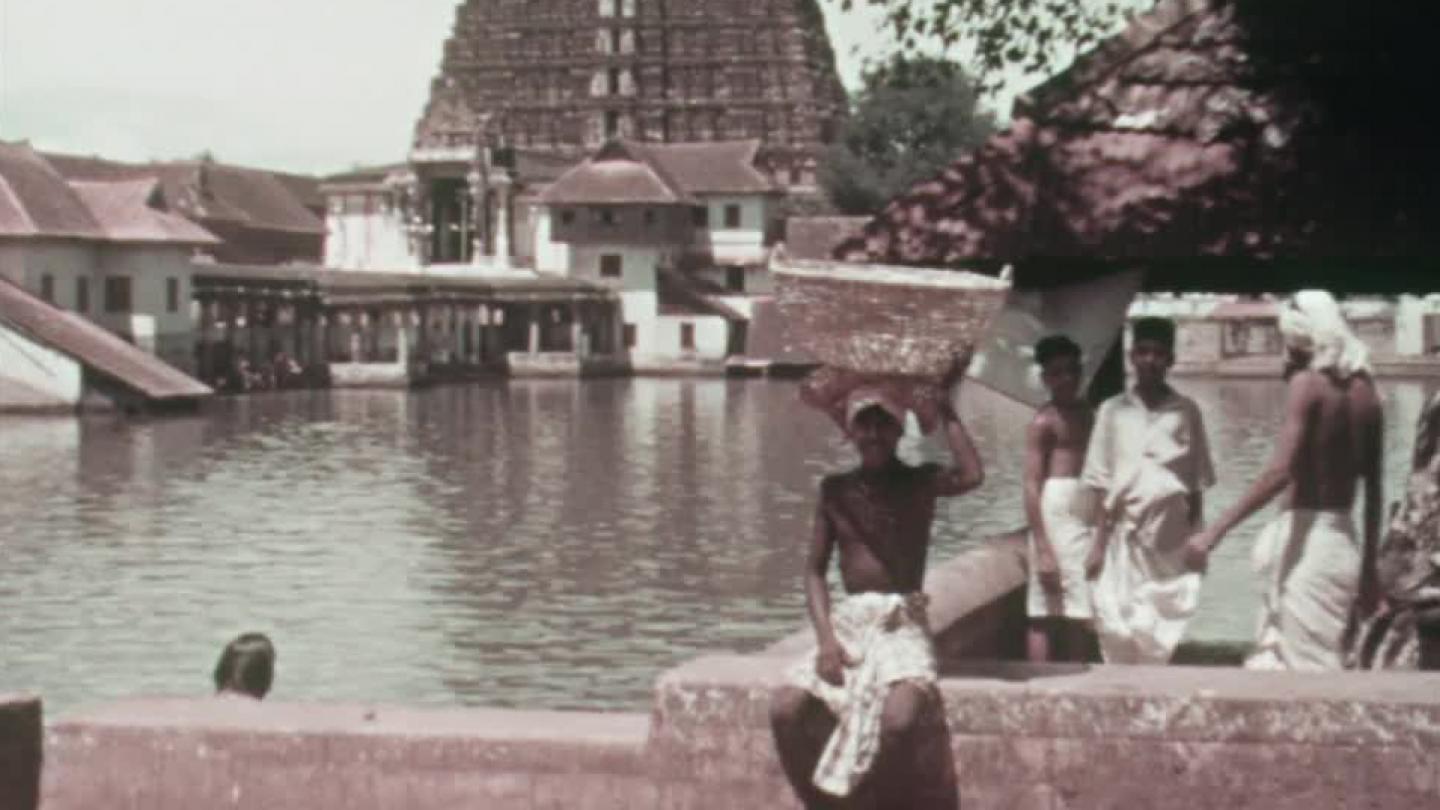

How did these complex pressures impact the community at large, its status and its culture? There are not many clear answers, but a look into history offers tantalizing glimpses. In absorbing the influences of Rajput and Muslim ruling classes, they also ended up bringing these elements into the culture of the community. The Gond ruling class, however, had to perforce employ the same essential tactics for enhancing revenue and retaining power that their Hindu and Muslim counterparts used – clearing forests, extending agriculture, irrigation and trade – moves which might have impacted the tribal Gond community in much the same way as they did when practiced by others. On the one hand, the original culture of the Gond tribals was most likely a close-to-nature one, singularly lacking in political ambition – brought out by the fact that Gonds did not make attempts to establish kingdoms till after they had been ruled by the ambitious Hindu ruling dynasties for some centuries. This latter question is particularly interesting. The story of the rise of the Gond community to political power and then its gradual political and economic disenfranchisement not only make interesting reading, but also raise questions about how this stint in power and the non-tribal influences on its ruling classes might have impacted Gond culture. Education levels are high in the community compared to other tribal groups and the numbers of Gonds in the service sector, including government jobs, and in business are high. While a sizable part of the community still lives in the villages in a lifestyle similar to other forest-dwelling tribals in the region, there is also a significant urban population in almost every city of central India. This diversity in social and economic standing brought on by these four centuries of power continues to this day. Give and take with the dominant culture of the Hindu and Muslim royal families of those times, including inter-marriage, was common, leading to the evolution of a ruling class culture heavily influenced by the Mughals in Delhi and the Rajput clans with whom the Gonds alternately fought and entered into alliances with. For almost four centuries, the Gonds ruled almost the entire hilly region of central India, including parts of Madhya Pradesh, Chhattisgarh and Vidarbha in Maharashtra. While a significant section of this community still lives a close-to-nature life involving hunting-gathering, some forms of agriculture and pastoral activity, some sections are no strangers to political and economic power since as early as 15th century. The Gonds, as a community, however, have a much more varied social profile. For instance, the first medical doctor and lawyer from the reclusive Madia tribe are in their 30s.

Modern education and economic prosperity through entry into the mainstream economic system is a relatively new phenomenon. These other mentioned tribes are still living, for the most part, a reclusive low-carbon-footprint life, involving hunting-gathering and some amount of agriculture.

Unlike other tribes of central India, like Madia, Baiga, Korku and Korwa, who live a close-to-primitive life in the forests, the Gond tribe does not have a uniform cultural or socio-eocnomic identity.


 0 kommentar(er)
0 kommentar(er)
